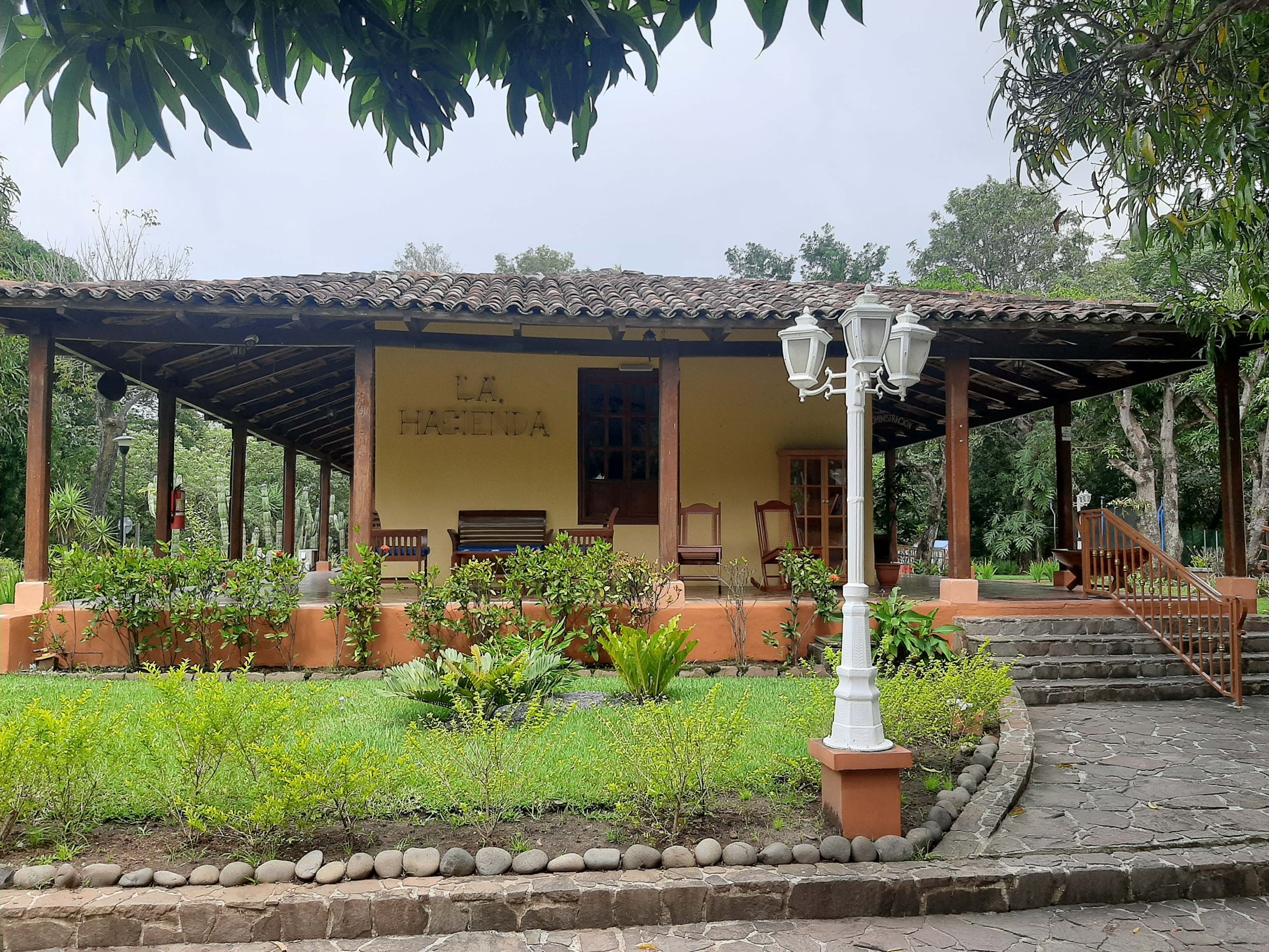The Hacienda: Local Heritage and Historical identity
What is heritage? Set of cultural goods, practices and customs, understood as inheritance of our ancestors, whose Meaning implies a collective and common interest sense: the protection of an identity.
Cultural heritage may be divided as follows: material and immaterial. The first is defined as those palpable elements and perceptible to the human eye, which is made up of two subdivisions: furniture and real estate. Real estate are all those who do not They can be displaced from their site of origin, due to their nature, as is in the case of historical buildings, archaeological sites, monuments, Cultural landscapes, urban complexes, among others. There are also furniture assets, whose nature allows them to be mobilized or manipulated, as with historical artifacts, documents and manuscripts, works of art, among other set of materials that They allow to form the collection of a museum.
There are laws that allow the protection of heritage, whose ratification occurred from the second half of the twentieth century. Within the current territory Salvadoran, the so -called Special Protection Law for Salvadoran Cultural Heritage, was ratified on November 12, 1987, with A total of 58 articles corresponding to Decree No. 513.
The La Hacienda residential park musealization project is the result of a series of efforts by a local community that seeks Keep a series of elements that refer to an identity, from a reliable construction about everyday life during the nineteenth century, whose interest is reflected in preservation of natural and cultural goods that refer to a historical identity. This work has as main purpose to raise awareness about the importance of patrimonial goods, both furniture and immovable, allowing to promote preservation and conservation of those historical elements that persist in their housing area, being seen as a piece more than a wide puzzle that builds a common past.

Facade the old El Carmen hacienda today. Photograph taken by José Orion Castellón Frech, 2022.
The hacienda El Carmen has a diversity of architectural elements that make up its aesthetics and evidence considerable sumptuousness, Such attributes can be evidenced in the prostile and wood moldings that decorate the windows. An element of particular interest is the binding of the house, recognized as "Calcáreos floors", which are formed abroad by a checker -shaped bicromo design (board of chess), while inside for geometric designs, polychromes and fitomorphs (forms associated with plants). Its origin dates back at the time of the Renaissance in 16th -century Europe, popularly recognized as “Banchetto. These floors can be found in a series of buildings of great social and historical prestige of the current Salvadoran territory, corresponding to the Republican era (19th century). However, On its exterior, particularly in the coffee drying court and other architectural sets, the presence of tiles can be evidenced of cooked mud, whose production technique is introduced from the process of conquest and European colonization during the 16th century.
